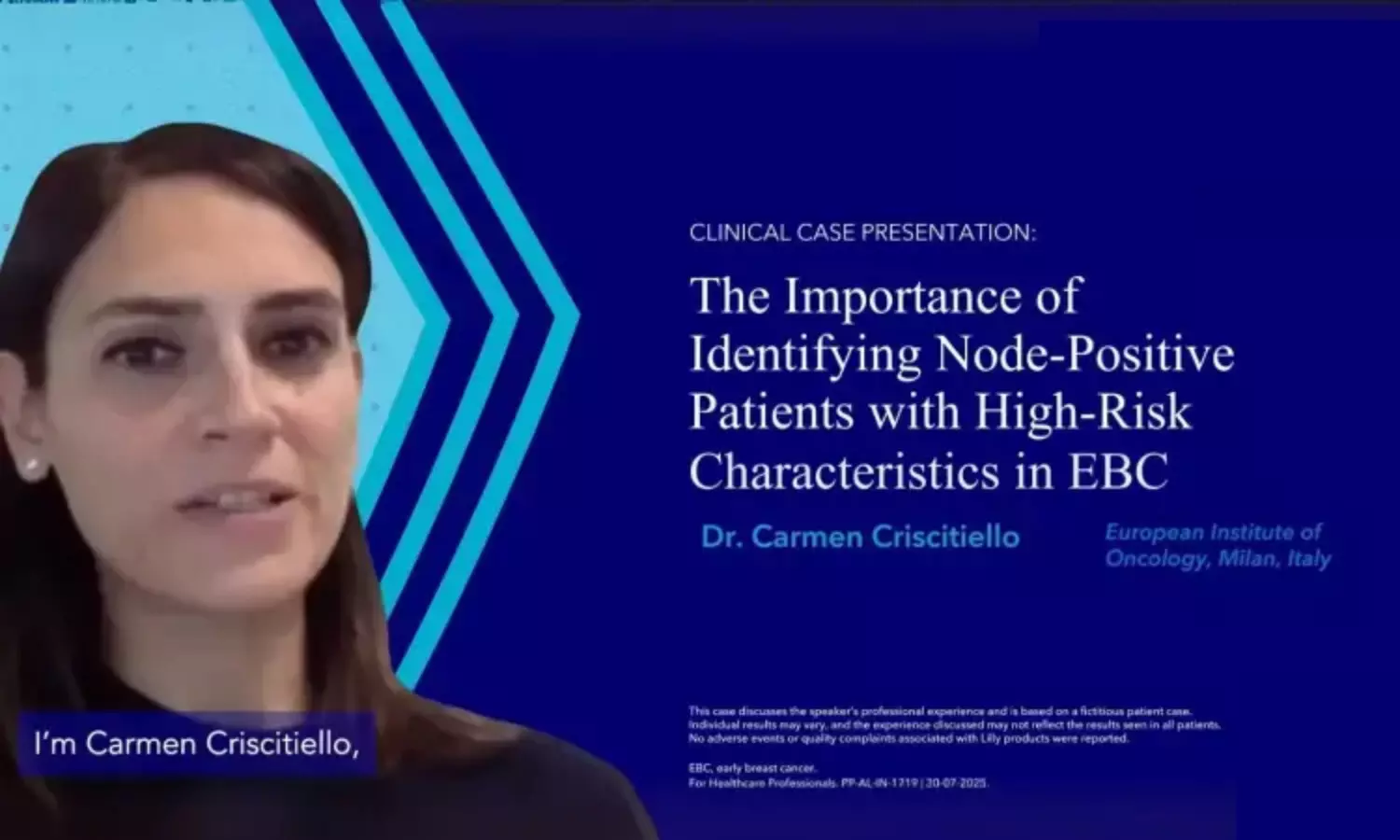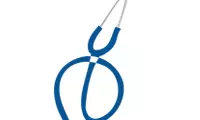- Home
- Medical news & Guidelines
- Anesthesiology
- Cardiology and CTVS
- Critical Care
- Dentistry
- Dermatology
- Diabetes and Endocrinology
- ENT
- Gastroenterology
- Medicine
- Nephrology
- Neurology
- Obstretics-Gynaecology
- Oncology
- Ophthalmology
- Orthopaedics
- Pediatrics-Neonatology
- Psychiatry
- Pulmonology
- Radiology
- Surgery
- Urology
- Laboratory Medicine
- Diet
- Nursing
- Paramedical
- Physiotherapy
- Health news
- Fact Check
- Bone Health Fact Check
- Brain Health Fact Check
- Cancer Related Fact Check
- Child Care Fact Check
- Dental and oral health fact check
- Diabetes and metabolic health fact check
- Diet and Nutrition Fact Check
- Eye and ENT Care Fact Check
- Fitness fact check
- Gut health fact check
- Heart health fact check
- Kidney health fact check
- Medical education fact check
- Men's health fact check
- Respiratory fact check
- Skin and hair care fact check
- Vaccine and Immunization fact check
- Women's health fact check
- AYUSH
- State News
- Andaman and Nicobar Islands
- Andhra Pradesh
- Arunachal Pradesh
- Assam
- Bihar
- Chandigarh
- Chattisgarh
- Dadra and Nagar Haveli
- Daman and Diu
- Delhi
- Goa
- Gujarat
- Haryana
- Himachal Pradesh
- Jammu & Kashmir
- Jharkhand
- Karnataka
- Kerala
- Ladakh
- Lakshadweep
- Madhya Pradesh
- Maharashtra
- Manipur
- Meghalaya
- Mizoram
- Nagaland
- Odisha
- Puducherry
- Punjab
- Rajasthan
- Sikkim
- Tamil Nadu
- Telangana
- Tripura
- Uttar Pradesh
- Uttrakhand
- West Bengal
- Medical Education
- Industry
Importance of Identifying High-Risk Node-Positive Patients in EBC - Video
Overview
In this video a clinical case is presented of a 54-year-old postmenopausal woman with a family history of HR+/HER2- breast cancer presented with a right breast lesion detected on screening mammogram. Imaging and biopsy confirmed a 5.1 cm invasive ductal carcinoma (ER 90%, PgR 70%, HER2- 1+) with two suspicious axillary lymph nodes, one of which was malignant, staging her disease as T3N1M0.
Given the tumor size and nodal involvement, she was considered high risk. Clinical evidence shows that patients with tumors ≥5 cm or histological grade 3 have a significantly increased risk of recurrence within five years if treated with endocrine therapy alone 1,2,3. More than 70% of patients present with 1–3 positive nodes, but the risk is not uniform across this group 2,4. For high-risk patients, five-year invasive disease-free survival decreases from 89% to 74%, representing a 15% absolute difference2.
This is where adjuvant abemaciclib comes in. For patients with ≥4 positive nodes, or with 1–3 nodes plus high-risk features, abemaciclib is now recommended in addition to standard endocrine therapy3.
While overall survival data are still maturing, abemaciclib plus endocrine treatment shows a sustained invasive disease free survival benefit beyond a 2-year treatment period reaching 7.9% at 5 years3,5,6,7,8.
The patient underwent neoadjuvant chemotherapy followed by breast-conserving surgery with axillary resection and radiation therapy. Adjuvant treatment included letrozole for 7–8 years and abemaciclib for the first 2 years. Early grade 2 diarrhea was managed with treatment interruption and loperamide, while ongoing monitoring included blood counts, liver tests, tumor markers, and DEXA scans3. Despite the need for supportive care, she was able to continue treatment successfully, reflecting the feasibility and benefit of adjuvant abemaciclib in high-risk, node-positive early breast cancer. The real world evidence shows that despite the need for dose reductions seen in about half of patients, 93% continued treatment9.
Abemaciclib is now a standard of care for HR +, HER2-, node positive, high risk early breast cancer patients. So identifying these patients early and managing treatment effectively can make a long-term difference in outcomes11,12,13.
References:
1. Sheffield KM et al. Future Oncol. 2022;18(21):2667-82. 2. Tolaney SM et al. Presented at San Antonio Breast Cancer Symposium; San Antonio, Texas; December 10-13, 2024. Poster P1-11-02. 3. Ramiven India Abridged Prescribing Information, Literature revised: 14 July 2023, Version Control No.: PA008SPIN05. 4. Nelson DR et al. PLoS ONE. 2022;17(2):e0264637. 5. Rastogi P et al. J Clin Oncol. 2024;42(9):987-93. 6. Johnston SRD et al. Lancet Oncol. 2023;24(1):77-90. 7. Johnston SRD et al. J Clin Oncol. 2020;38(34):3987-98. 8. Harbeck N et al. Ann Oncol. 2021;32(12):1571-81. 9. Hudson K et al. Presented at San Antonio Breast Cancer Symposium; San Antonio, Texas; December 10-13, 2024. Poster P1-11-29. 10. Goetz MP et al. NPJ Breast Cancer. 2024;10(1):34. 11. Loibl S et al. Ann Oncol. 2024;35(2):159-82. 12. Freedman RA et al. J Clin Oncol. 2024;42(18):2233-5 13. Curigliano G et al. Ann Oncol. 2023;34(11):970-86.
PP-AL-IN-1750 | 22nd Sept 2025
Eli Lilly and Company (India) Private Limited
For further Information about Lilly and Lilly products please contact us at the below address: Plot 92, Sector 32 Gurgaon, Haryana, 122001, India Ph.: +91-124-4753000/01 | www.lilly.com/in
For adverse events and safety reporting, please reach out to: mailbox_in-gps@lilly.com | For any additional information related to Lilly products, please reach out to: queries_in-medinfo@lilly.com.
This material (including any link) is intended solely for the use of the recipient(s) and may contain confidential information. Any unauthorized review, use, disclosure, copying, or distribution is strictly prohibited. If you are not the intended recipient, please notify the sender immediately and destroy all copies of the material. The information provided in this section is intended solely for the use of registered medical practitioner. This material is being provided to healthcare professionals only for their guidance and use. Nothing on this website/microsite/material should be construed as giving medical advice or making recommendations regarding any health-related decision or action.
© 2025 Eli Lilly and Company




